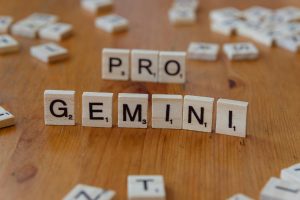EcoArt Framework: A Mechanistically Interpretable System for Collaborative Dynamics
Title: Understanding the EcoArt Framework: A Path to Collaborative Dynamics in Complex Systems
Introduction: A New Perspective on System Design
The EcoArt Framework represents a progressive approach to the design and interaction dynamics of intricate systems, notably those engaging both human and AI elements. This innovative framework draws from ecological principles focused on systemic health and the “art” of collaborative interaction, aiming to establish a structured environment conducive to co-creation. This blog post delves into Version 2.0 of the EcoArt Framework, addressing technical critiques while emphasizing its mechanical interpretability—a cornerstone for greater clarity and actionable insights.
1. Defining the System
The EcoArt Framework encapsulates an interactive ecosystem comprising diverse agents, including human individuals, AI systems, and various informational patterns. Its central aim is to cultivate emergent dynamics that foster mutual enhancement and systemic coherence. Within this framework, interpretability signifies the ability to understand and model interactions among agents, enabling participants to engage more effectively and ethically.
2. Key Components of the EcoArt Framework
-
Agents: These are entities, ranging from humans to AI systems, capable of processing information, adapting behaviors, and interacting based on their internal models.
-
Interaction Space: Visualize this as a multi-dimensional realm where agent interactions unfold, akin to an ecological or computational niche.
-
Output Patterns: The observable configurations or relational dynamics that arise from interactions serve as critical data for analyzing the system’s state.
-
Types of Patterns:
- Enhancing Patterns: These contribute positively, creating beneficial feedback loops and improving overall system stability.
- Extractive Patterns: In contrast, these lead to negative resource flows and instability within the system.
-
Neutral/Chaotic Patterns: These states demand further analysis due to their ambiguous immediate impact.
-
Interpretive Layer: This aspect empowers agents to perceive, model, and derive meaning from observed patterns based on predefined criteria, allowing both human and AI participants to navigate the system effectively.
3. Leveraging Interpretability for System Efficiency
The interpretative nature of the EcoArt Framework enables several functional advantages:
-
Transparency of Mechanisms: Understanding how interactions yield specific outcomes allows for targeted strategies and interventions.
-
Predictive Modeling: By analyzing current dynamics, we can forecast potential future states, enabling proactive adjustments.
-
Diagnostic Capabilities: Recognizing extractive patterns helps monitor system health and implement necessary remediation.
-
Feedback Loop Optimization: Interpretability














Post Comment